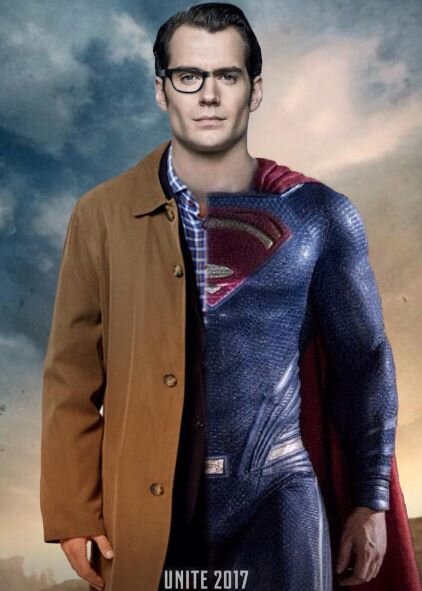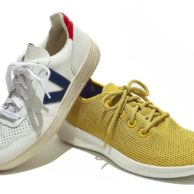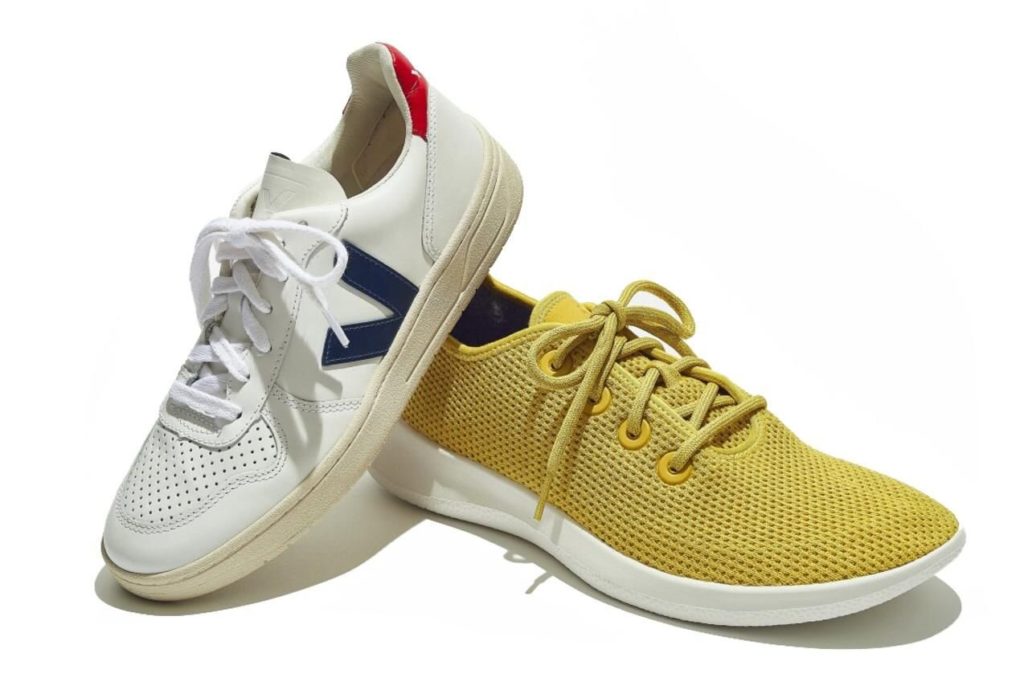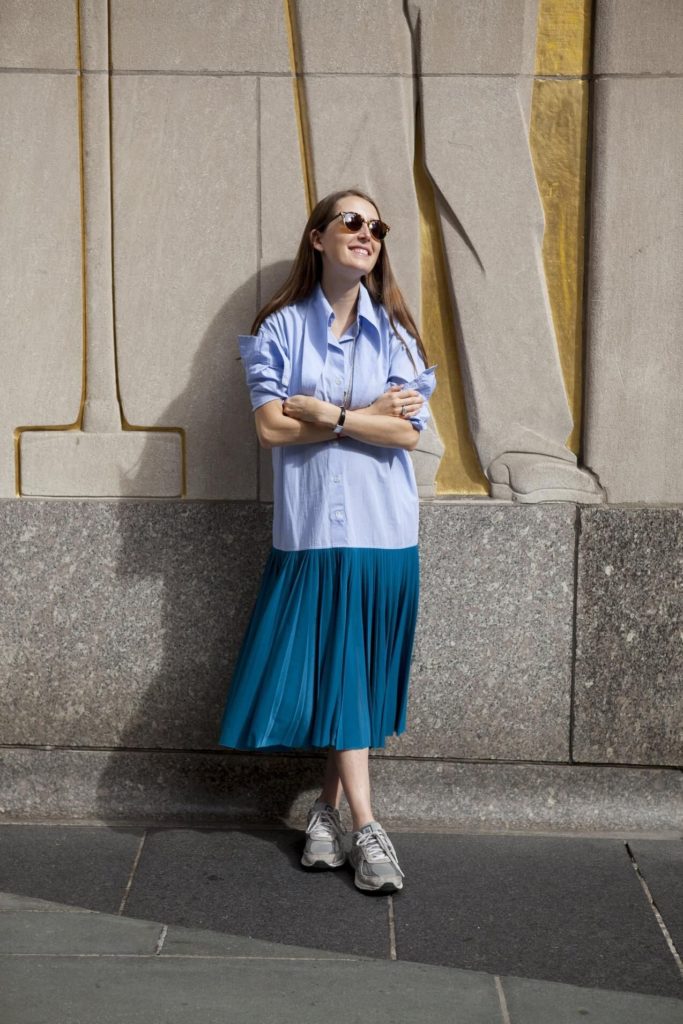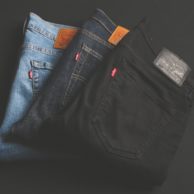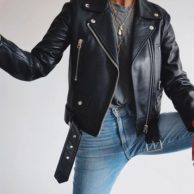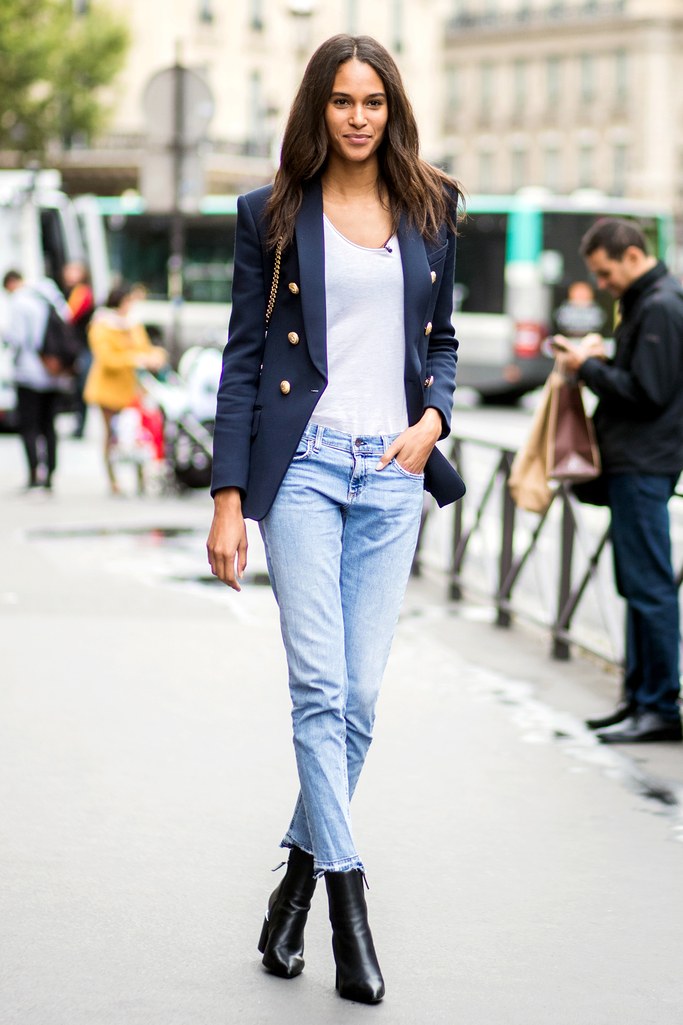
I recently spoke at an International Women’s day event. The theme for my talk was the importance of empowering women and what I believe can make women stronger.
We have incredible freedoms and opportunities in Australia compared to so many women around the world.
Without strong women speaking out and standing up, we wouldn’t have the rights we have today, and we have a duty to use our voice wherever possible to speak up for the women who are still silenced.
• I grew up in Central West NSW, 1 of 4 children, daughter of an Italian immigrant, and my father’s culture and background had a very significant impact on our upbringing. • I owned and managed a retail business for 20 years where a personal styling service developed. • I’m a Mother of four daughters. • I have a Bachelor of Business, majoring in Public Relations. • I’m an Image Consultant with expertise in Visual Expression • I’m a volunteer at Dressed for Success – an organisation that outfits disadvantaged women free of charge, and I also participate in their outreach program – providing clothing for women in prison for court appearances and life beyond.
I am 53 years old and there’ve been 3 recurring themes throughout my life essential to my ability to grow and empower myself.
The 3 C’s
- Communities – the support
- Change – the attitude
- Confidence – the tools Albert Einstein said, “Life is like riding a bicycle. To keep your balance, you must keep moving”. To keep moving forward we need confidence, support, and the ability to embrace change.
Communities When women join educational institutions, political parties or any decision-making bodies, it gives them opportunities to see, and to know more of the world, and it puts them in a better position to take control of their lives. Joining organisations and communities promotes personal growth, self-respect, pride, and resilience.
Feeling part of a group where you have shared values and interests can increase levels of happiness. When people feel they have social support, they have faster recovery from trauma, illness, and hardship. Don’t just take my word for it … there’s a Swedish proverb that goes something like, ‘a sorrow shared is a sorrow halved, and a joy shared is a joy doubled’.
It’s not just organisations that will empower you. Friendships are an incredible source of inspiration and support too.
I’m fortunate to have long and close associations with amazing women. They’re strong, intelligent, hardworking, resourceful, courageous, generous, loyal, interesting women who applaud my successes, support me during setbacks, and inspire me to keep growing, learning, and achieving my goals.
Change On average we have five to seven career changes in our life. Being able to adapt to change is one of the most essential skills that a person can have, and it’s one of the most difficult things because most of us are creatures of habit.
It isn’t change itself that we resist, it’s the belief that we will lose something we value – our purpose, and it’s also our fear of failure if we can’t adapt to new challenges.
The transition from employee to mother and then to working mother is a huge change in a woman’s life.
• Managing both work and life • The impact on your career • Caring for a baby, and • Last but not least – working mother guilt!
Navigating the nuances of returning to work while caring for a baby is a heroic feat. Although women are capable of handling the challenge, and the changes, it can be very difficult to adapt.
At the opposite end of the spectrum, returning to work after long sabbaticals caring for children can be daunting too. You may feel …
• your skills are out of date, • you’ve lost touch with the industry you previously worked in, • or you’re too old.
Being a stay at home parent is one of the hardest jobs you will ever have and the skills you gained are incredibly transferrable. Without embellishment they include: chauffer, chef, collaborator, communications expert, leader, listener, multi-tasker, nurse, negotiator, project manager, researcher, and tour guide. And the list doesn’t stop there. A very worthwhile exercise in gaining confidence and self worth is to rewrite your resume – even if you’re not applying for a job.
I read a great book called ‘How Women Rise – Break the 12 habits holding you back. It’s for any woman who wants to identify self-defeating behaviours that get in the way of where you want to go. It’s about getting unstuck, and embracing change.
The book has a happy ending which is ‘how to change’. For me, knowing I wasn’t the only flawed woman who engages in behaviours that are self-sabotaging was reassuring, and it encouraged me to be more confident, more courageous, and more aware of what not to do. It encouraged me to change.
My final topic is confidence – from inside out! While being part of communities and embracing change are incredibly important, these things come more easily when we’re confident in who we are.
Part of my current work is is helping people look their best so they feel their best. It’s simple … Looking good means feeling good. Feeling good about yourself will give you confidence.
I have completed studies in Colour Profiling; Personal Branding; Professional Styling; Make-up; and Men’s Image and Style. I’ve developed Colour & Style Workshops and have recently formed a partnership to work on Corporate Programs.
Visual presentation accounts for more than 60% of the impression we make on others – initially and ongoing – It’s based on what you wear, how you act, and how you walk through the door.
What you wear tells the story of who you are and what you stand for. Clothing is the most powerful, non-verbal communication tool we have. You can appear confident, powerful, approachable, or you can look dated, dishevelled, unapproachable or worse … invisible!
What’s your personal brand? How do you see yourself? How do you think others see you? How do you want to be seen? What-ever image you want to project, dress for it.
We’re always hearing, “dress for the job you want; not the job you have” and “look good, feel good”, but most people underestimate the power of dress. Studies confirm that the clothes we wear affect our behaviour, attitudes, mood, and confidence.
We all have days when we feel uninspired, flat, directionless and missing that spring in our step. Put on something dowdy, dirty and dishevelled and you’ll feel the part. However, if you wear your favourite outfit, the results will be amazing.
At 53, I’m still learning from so many amazing women. Notwithstanding this, I think the 3 C’s will always ring true.0 Likes


